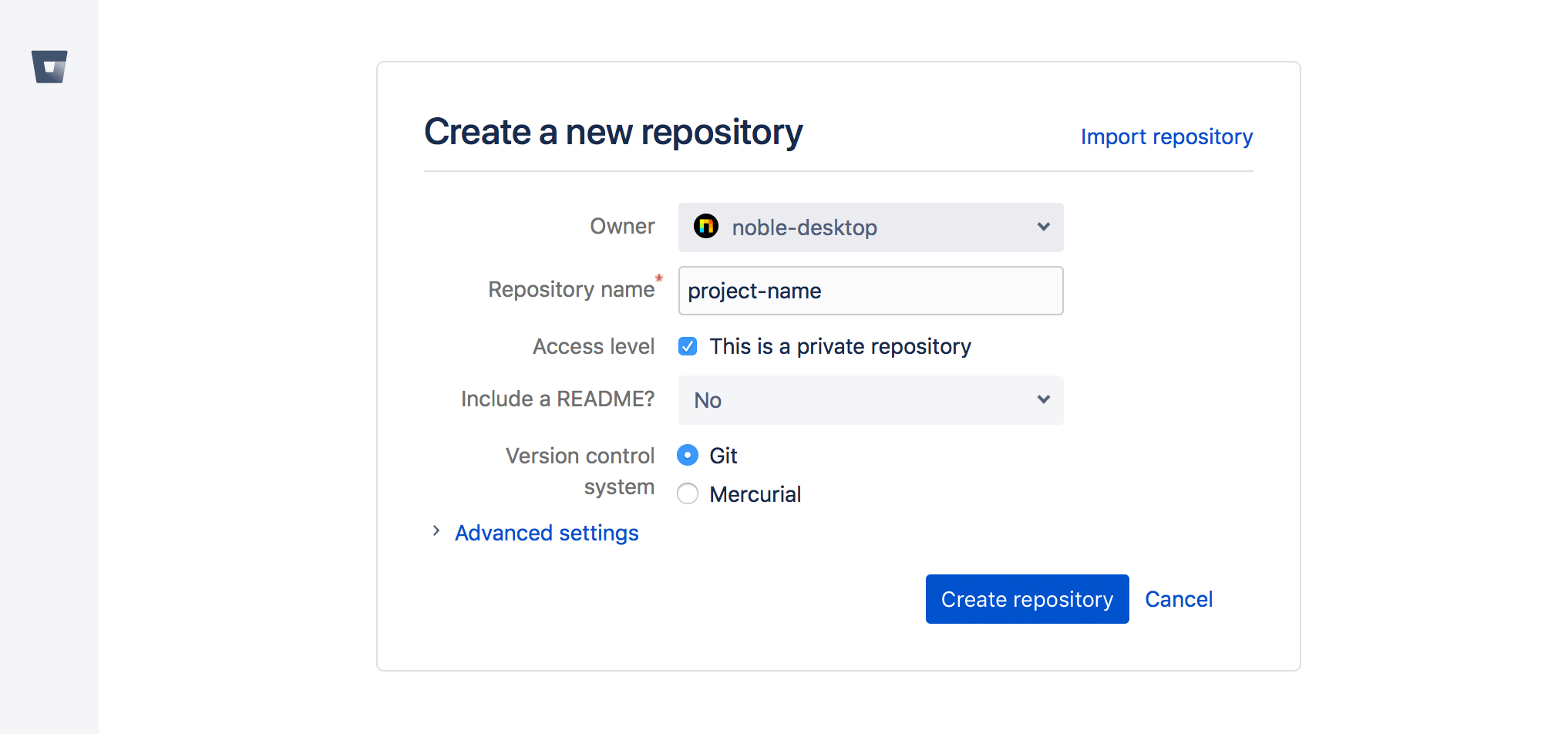

Selecting this S2I builder from the catalog browser, we are presented with the form to provide the details for the deployment. Search for HTTPD and select Apache HTTP Server Builder Image For this example we are going to use the HTTPD S2I Builder.įrom the Web Console, switch to Developer Perspective and then from the top left side menu bar click +Add and select From Catalog. We are now ready to deploy an application using a Source-to-Image (S2I) builder. Press Add key and the public key file will be registered.Ĭreating an Application from the Repository This ensures that even if someone has access to the private key, they will not be able to make modifications to any files hosted by the Git repository. Leave the Allow write access option unchecked, as we only want to provide read-only access to the Git repository using this key.

pub extension, in our example repo-at-github.pub. Visit the Settings page for the repository, and then click on Deploy keys.Ĭlick on Add deploy key and enter a name for the repository SSH key as the Title field, and copy the contents of the public key file into the Key field. On GitHub the term they use to refer to a repository SSH key is a Deploy key. To upload the public key file to GitHub, we need to visit the GitHub web console for our private Git repository. The private key file is what we need to pass to OpenShift so that it will be able to access the private Git repository to pull down the source code. The public key file is what we need to upload to GitHub and associate with the private Git repository. In this case, this was called repo-at-github.pub. When an SSH key is generated, it is actually a pair of files. SHA256:z1tdP5Py+LAy7qOS2Zt5OCz0IADlvZPLThDlANPdzLs key's randomart image is: Your public key has been saved in repo-at-github.pub. Your identification has been saved in repo-at-github. The output from running the command should be similar to the following: Generating public/private rsa key pair. The generated key should also not have a passphrase, so supply the -N '' option so a passphrase is not requested. When running ssh-keygen we, therefore, ensure we specify that the generated key should be saved as a separate set of key pair files using the -f option. This is because it will be necessary to upload the private key of the SSH key pair to OpenShift. We do not want to use the SSH key as a primary identity key, nor do we want to use an existing primary identity key. We want to create a unique SSH key to be used just by OpenShift to access the private Git repository. On UNIX systems, to create an SSH key you can use the ssh-keygen command.
GIT ADD REMOTE PRIVATE REPO HOW TO
In this blog post, we will look at how to create such an SSH key, configure the GitHub hosting service to use it, and then how to have OpenShift use that SSH key when accessing the repository. The preferred mechanism for accessing a private Git repository when using OpenShift is to create a unique repository SSH key. We also looked at how these combined with different credential types to control access to a private Git repository.
GIT ADD REMOTE PRIVATE REPO SERIES
However, you can also use this to define different URLs for read and write access (for security and performance reasons).In the first post of this series about using private Git repositories with OpenShift, we looked at the different types of protocols that can be used when accessing a Git repository. The second one is the "push URL", used when you want to write data to the remote. Note that each remote repository consists of two lines: the first one is the "fetch URL" which is used for reading access. Let's check if this worked out ok: $ git remote -v In that situation, we need to connect our local repository to a new remote before we can try some remote interactions: $ git remote add crash-course-remote In other cases where you started with a fresh local repository, no remote connections are saved. It saves it as a remote called "origin" by default. When you clone a repository from a remote server, Git automatically remembers this connection for you. Learn on: Desktop GUI | Command Line Language: EN | CN Connecting a Remote Repository


 0 kommentar(er)
0 kommentar(er)
